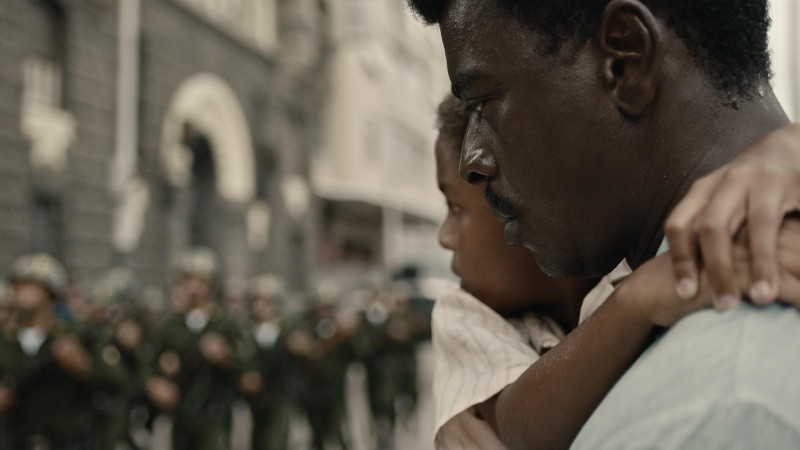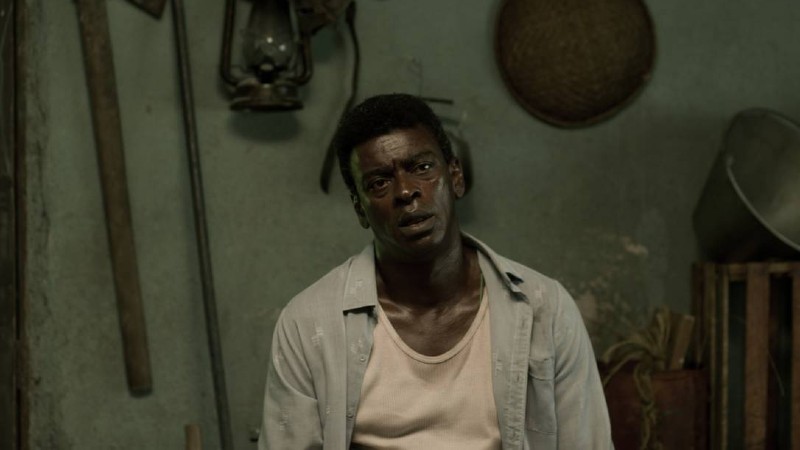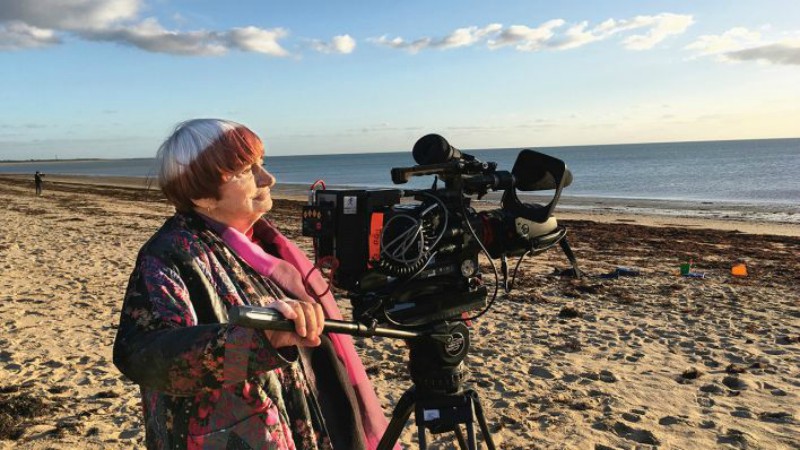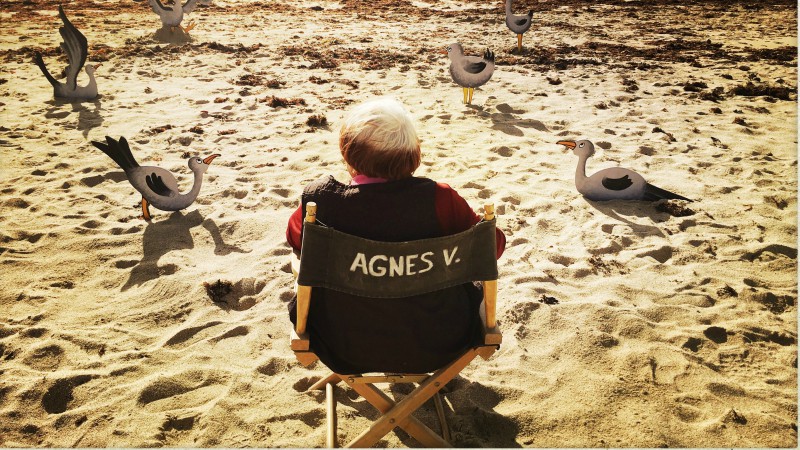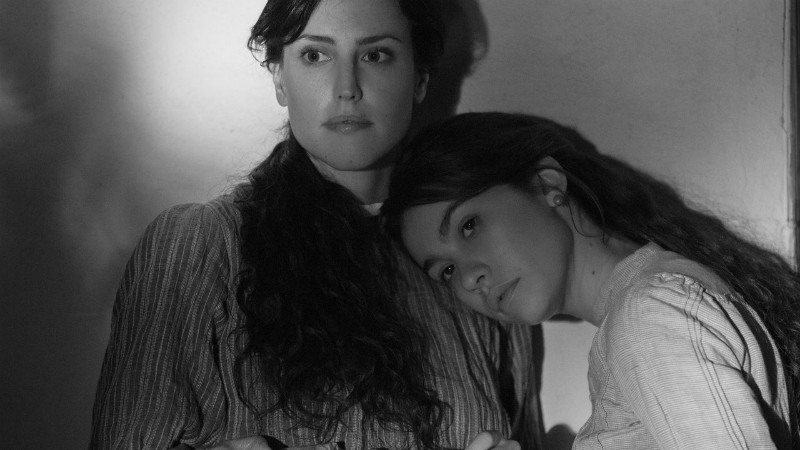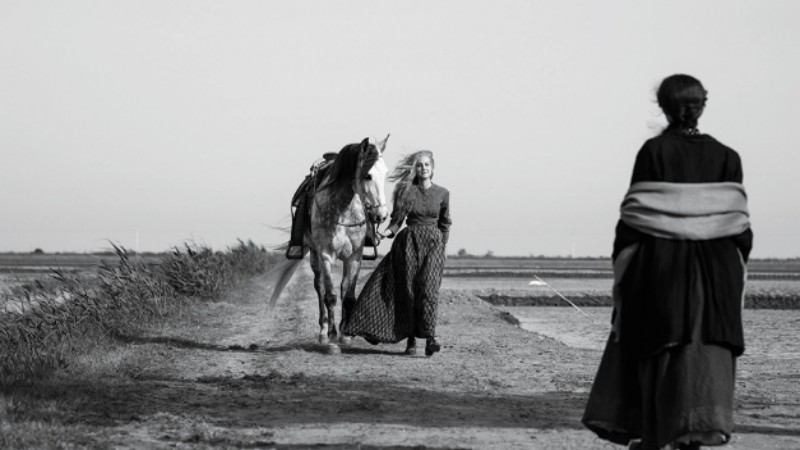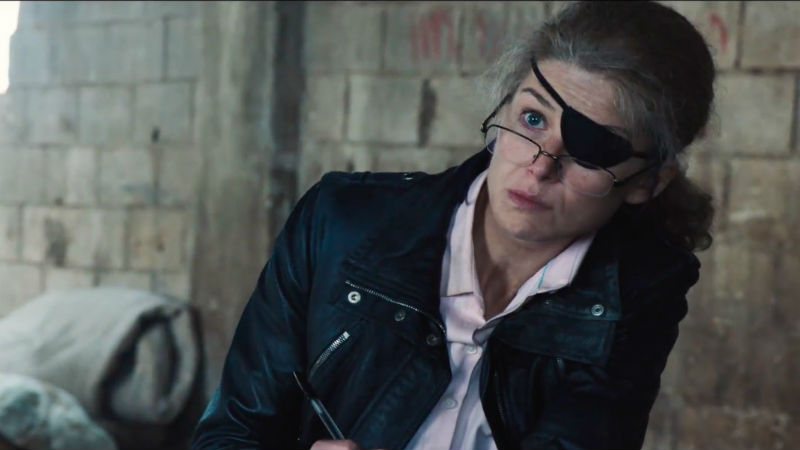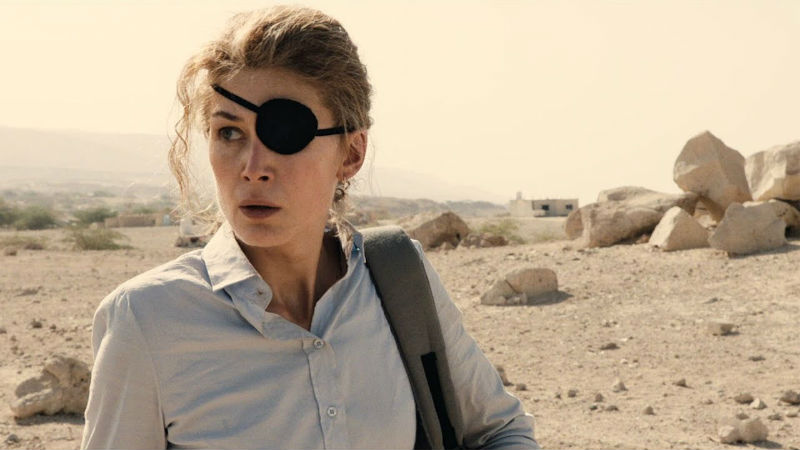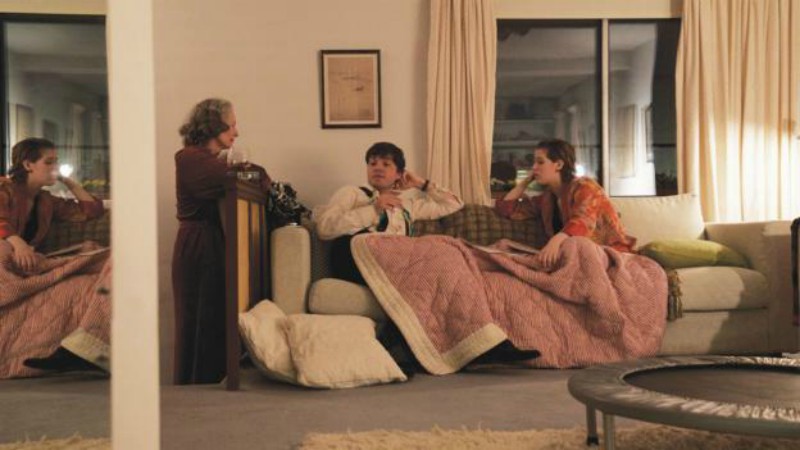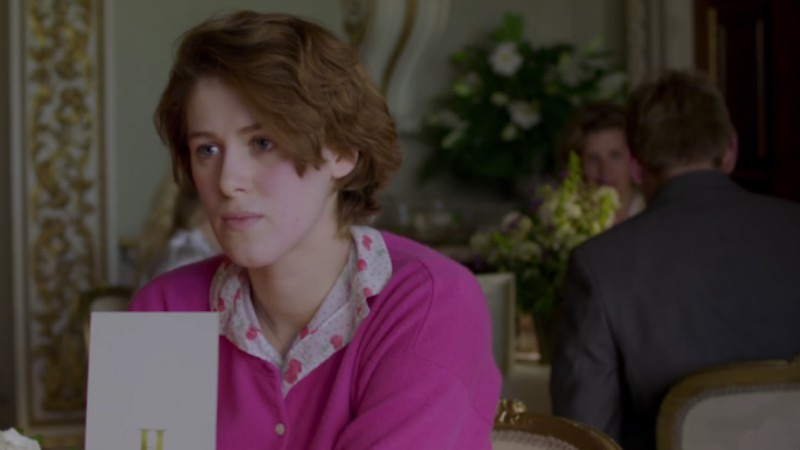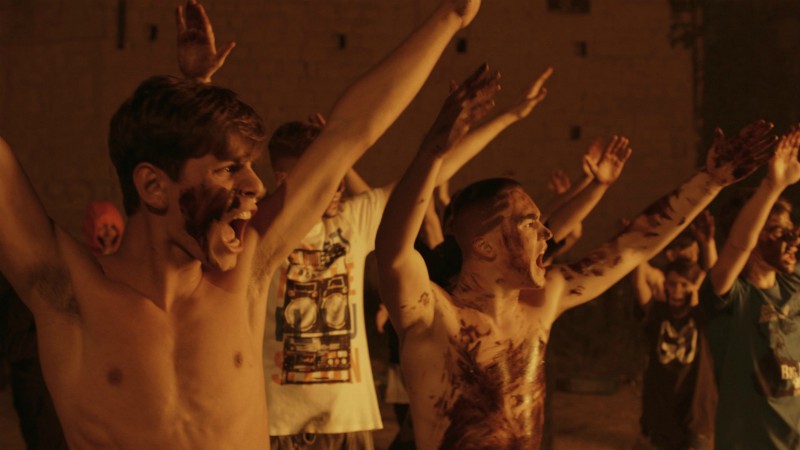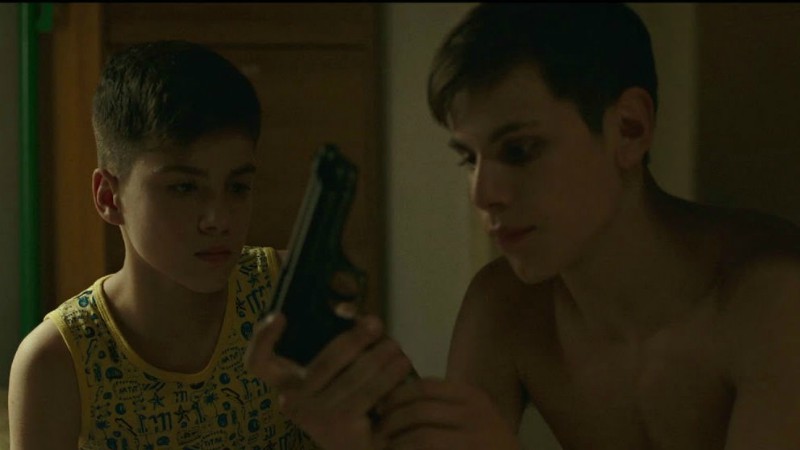Toritama has 40,00o inhabitants and it’s located in the hinterlands of the Northeastern Brazil, the poorest region in the country. Historically, the town depended on agriculture and livestock. Forty years ago it was a very silent and quiet place. It has since become the Brazilian capital of jeans, in charge of 20% of Brazil’s produce. The serenity has been substituted by the hustle and bustle of thriving trade, seven days a week. The silence has been replaced by the noise of the manufacturing devices: sewing machines, gigantic dyeing sprayers, laser printers. A former chicken farm has been converted into a factory. Only one chicken is left. Her name is Sara Jane, and she’s the factory’s mascot, and a reminder of a not-so-distant past.
Waiting for the Carnival lends an entire new meaning to the expression “feeling the blues”, and not just because of the colour of the fabric being locally produced. The people at the coalface have turned a menial and repetitive job into a thoroughly enjoyable trade. They are not sad, they are not sullen. Their joie-de-vivre is palpable. Their humour is fascinating. Their ambition is refreshing. Everyone without exception is extremely hard-working and ambitious. And that’s for two reasons: they are autonomous workers and they get paid pro rata (according to the amount manufactured). They are genuinely persistent and motivated to work up to 14 hours a day seven days a week because that’s their personal choice. They can stop whenever they wish, and they can harvest the benefits for as long as they want.
The sensibility and the inventiveness of Brazilian director Marcelo Gomes are extraordinary. At one point, he wilfully removes the sound of the sewing machines abruptly and halfway through the sequence, replacing it with soothing music, and thereby also meditating on the “anguish of repetition”. The main character Leonardo is extremely funny, cheeky and yet tender, epitomising the spirit of the movie itself.
These hard-working people have one ambition in common: the escapism of carnival. They are prepared to work even harder and to sell anything valuable (such as a TV, a fridge or a motorbike) in exchange for a few days of hedonism. “I want to laugh, what’s life good for if I can’t have fun”, says a woman. Leonardo, however, does not manage to earn the money needed. The filmmaker then makes a very deft and generous proposition to the young man. The director offers to pay for Leonardo’s carnival expenses if Leonardo films the festivities for his documentary. Such ingeniousness is sublime. The director empowers his subject. For the next 10 minutes or so we watch the images captured by Leonardo. The quality of the equipment is clearly inferior, but not the emotions conveyed.
The film wraps up with the magnificent titular song Estou Me Guardando Para Quando o Carnaval Chegar, a Brazilian classic by composed by the iconic Chico Buarque. The tune is played in its entirety by a local music group.
Waiting for the Carnival showed in the 69th Berlin International Film Festival, when this piece was originally written. It sees its UK premiere at the Sheffield Doc Fest in June.









